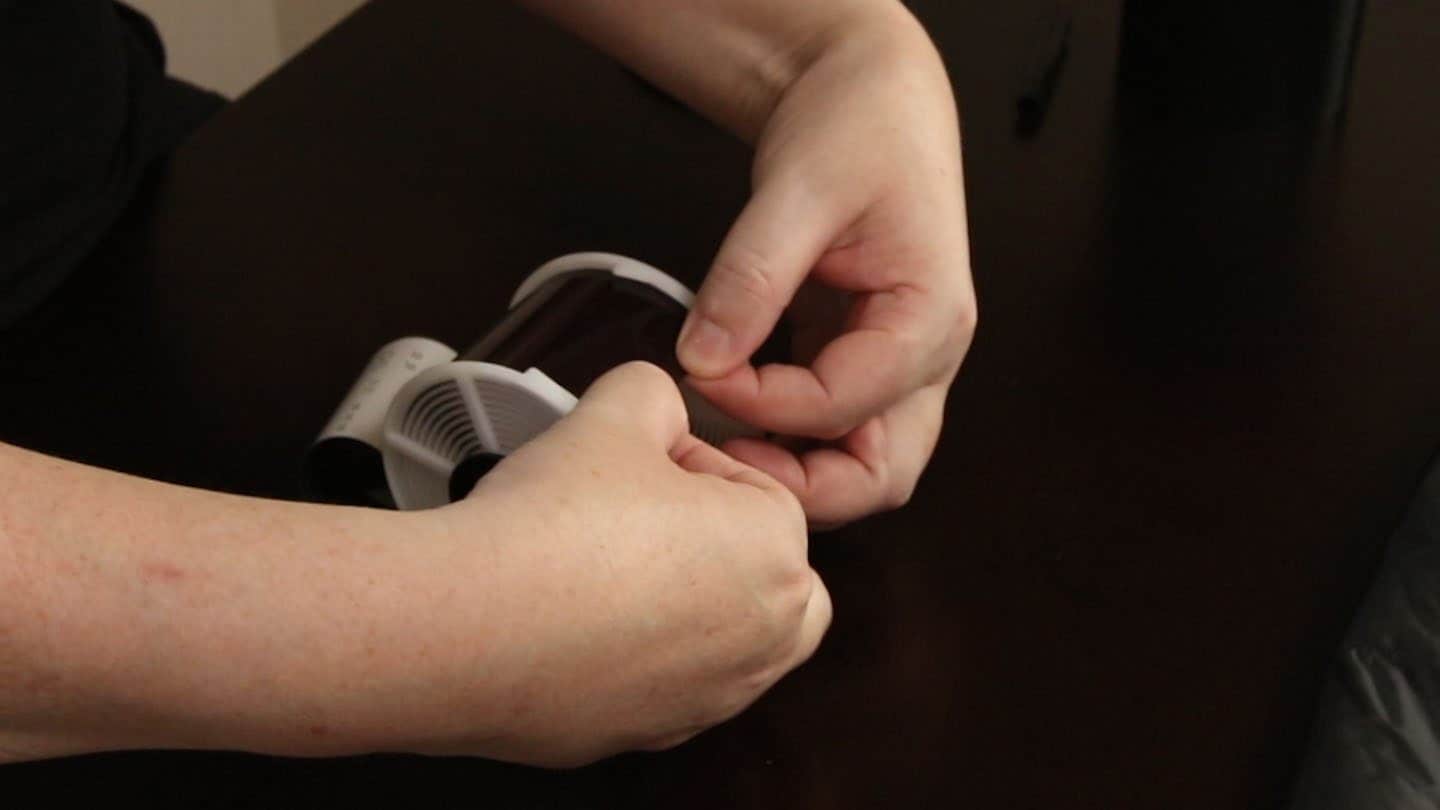Today we continue our a mini-series of Film Fun videos, in which I’m walking you through my first experiences in using and processing ILFORD black and white 120 medium format film.
The podcast released for this episode is just an iPhone optimized low resolution version of the full sized video, which will enable you to view during your commute etc. but to see any detail, it’s best to view the full sized video below.
Here’s a run down of the entire Film Fun series.
- Part #1 – Loading and Unloading a Yashica-D TLR Camera with 120 Medium Format Film (See here)
- Part #2 – Feeding 120 Film into a Paterson Reel for Developing (video below)
- Part #2b – Feeding 120 Film into a Paterson Reel inside the Changing Bag (video below)
- Part #3 – Developing a Roll of ILFORD 120 Black and White Film (see here)
- Part #4 – Scanning Medium Format 120 Film (see here)
Although I shot film for around 20 years until around 2000, I never had the chance to develop my own, so this whole experience has been very new to me and a LOT of fun. I won’t spill the beans on what happens in part three just yet, but as I mention a few times in the videos, I am sharing this first time experience with you, blow-by-blow, warts and all.
Below the videos you’ll also find links to everything that you need to develop your own film on B&H. Figuring this out was one of the largest hurdles, so I hope that will be useful for you too.
Here’s the main video for Part #2!
And here is the bonus video showing the same process, but doing it inside the changing bag!
Here are the links to all of the products required for this process on B&H Photo. You can help to support the podcast by using these links. Use this link if you don’t see the products below: https://mbp.ac/bhfdp
Film Related Posts
[ess_grid alias=”film-posts-grid”]
Show Notes
See this video on our Vimeo channel here: https://vimeo.com/martinbailey
See our Recommended Film Developing Products page on B&H: https://mbp.ac/bhfdp
Subscribe in iTunes for Enhanced Podcasts delivered automatically to your computer.
Download the Podcast in low-res MP4 Video Format.



I don’t know whether Paterson tanks have improved recently but Jobo tanks used to be light years ahead. Paterson tanks always leaked.
I looked into Jobo, but the system was too expensive for what I’m currently doing, plus, the Paterson seems fine. The action for feeding in the film is really easy, and I didn’t notice any leaks. Happy with my decision at this point.
Cool. I imgaine trying to light seal a whole room would be more of a pain then using this bag?
If you have a room with no windows, there are black curtains that you can put over the door, stopping any light coming in around the edge, but I only have one room without windows, and there isn’t enough room in their to do that.
Besides, the bag is actually really easy to use once you get used to it. Just ruin a film and practice, a LOT! 🙂
Looks like you need three hands & two brains. Love it keep it coming